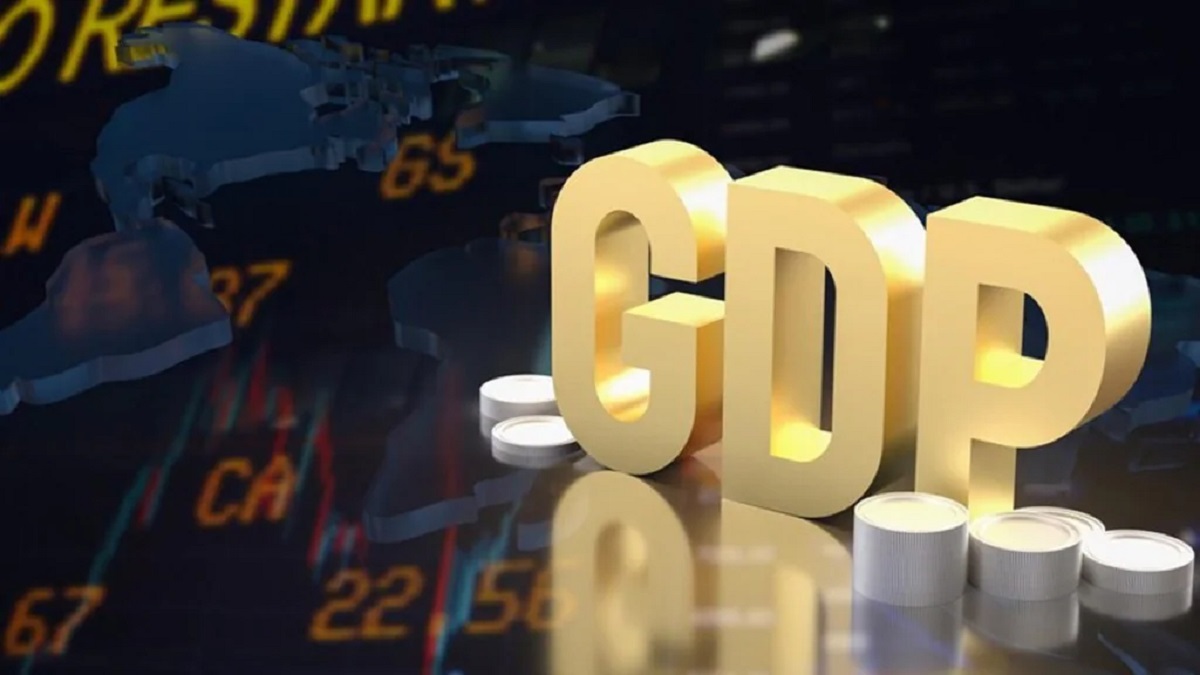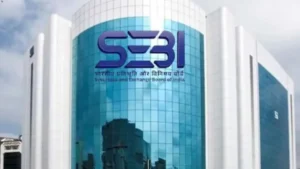The State Bank of India (SBI) has revised India’s GDP growth forecast for the fiscal year 2024-25 (FY25) to 6.3%, slightly below the National Statistical Office’s (NSO) projection of 6.4%. This adjustment reflects concerns over slowing economic momentum, particularly in lending, manufacturing, and aggregate demand. The new estimate comes at a time when policymakers are focused on sustaining growth through fiscal and monetary measures.
What Are the Key Factors Behind the Revised GDP Estimate?
SBI Research’s revised GDP forecast is based on an analysis of 36 high-frequency indicators. The bank estimates that GDP growth for the third quarter of FY25 will be between 6.2% and 6.3%. Sectoral performance has also shown mixed trends:
Agriculture and Allied Activities: Growth is projected to improve to 3.8% in FY25, up from 1.4% in FY24, largely due to better monsoon conditions.
Industrial Sector: Expected to grow at 6.2%, a decline from the previous year’s 9.5%, indicating a slowdown in manufacturing and exports.
Services Sector: Growth is estimated to be slightly lower at 7.2% compared to 7.6% in FY24, suggesting moderation in consumption and demand. (Source: Business Standard)
How Do Private Consumption and Investment Impact Growth?
Private consumption remains a key driver of economic expansion, with real growth projected at 7.3% in FY25. This is supported by a strong agricultural performance and lower food inflation, which is expected to boost rural demand. However, investment growth has slowed to 6.4% from 9% in the previous year, with no significant recovery expected in the latter half of the fiscal year. The decline in investment is attributed to high borrowing costs and cautious corporate spending.
How Do RBI and IMF Compare in Their GDP Estimates?
The Reserve Bank of India (RBI) has also revised its GDP forecast for FY25, lowering it to 6.6% from an earlier estimate of 7.2%. The revision follows a reported 5.4% GDP growth in the July-September quarter of FY25, marking the slowest expansion in seven quarters. Meanwhile, the International Monetary Fund (IMF) maintains a growth projection of 6.5% for India over the next two years, citing strong domestic demand and government-led policy measures.
What Policy Measures Are Being Taken to Support Growth?
The Indian government has introduced various initiatives to boost economic activity, including tax cuts and financial reforms. Key measures include an increase in the personal income tax threshold and reduced taxes for middle-income groups to stimulate consumer spending. Additionally, the RBI has adjusted its monetary policy by reducing the repo rate by 25 basis points, aiming to ease borrowing costs and encourage investment.
Key Highlights of SBI Research’s GDP Forecast Revision
| Aspect | Details |
|---|---|
| Why in News? | SBI Research revised India’s FY25 GDP growth forecast to 6.3%, down from previous estimates, citing economic slowdown. |
| GDP Growth Estimate (SBI) | 6.3% for FY25, slightly lower than NSO’s 6.4% projection. |
| Sectoral Growth | – Agriculture: 3.8% (up from 1.4% in FY24) – Industry: 6.2% (down from 9.5%) – Services: 7.2% (down from 7.6%) |
| Private Consumption | Expected to grow at 7.3%, driven by strong rural demand and lower food inflation. |
| Investment Growth | Slowed to 6.4% from 9% in FY24, with no major recovery expected soon. |
| Comparative Projections | – RBI: 6.6% (down from 7.2%) – IMF: 6.5% (for current and next fiscal year) |
| Policy Measures | – Tax cuts to boost consumption – RBI repo rate cut by 25 bps to support economic activity |
| Overall Outlook | Despite challenges, India remains one of the fastest-growing major economies due to policy support and strong domestic demand. |



 SEBI Allows Zero-Coupon Bonds to Be Issu...
SEBI Allows Zero-Coupon Bonds to Be Issu...
 Amazon Pay Launches Fingerprint and Face...
Amazon Pay Launches Fingerprint and Face...
 Govt. Extends Tenure of SBI MD Ashwini K...
Govt. Extends Tenure of SBI MD Ashwini K...







